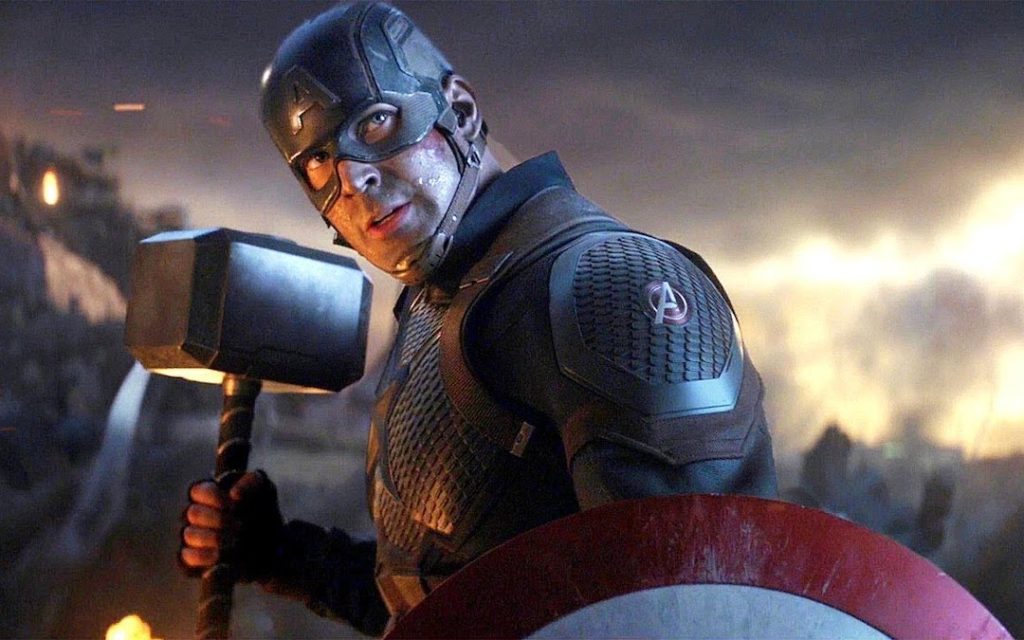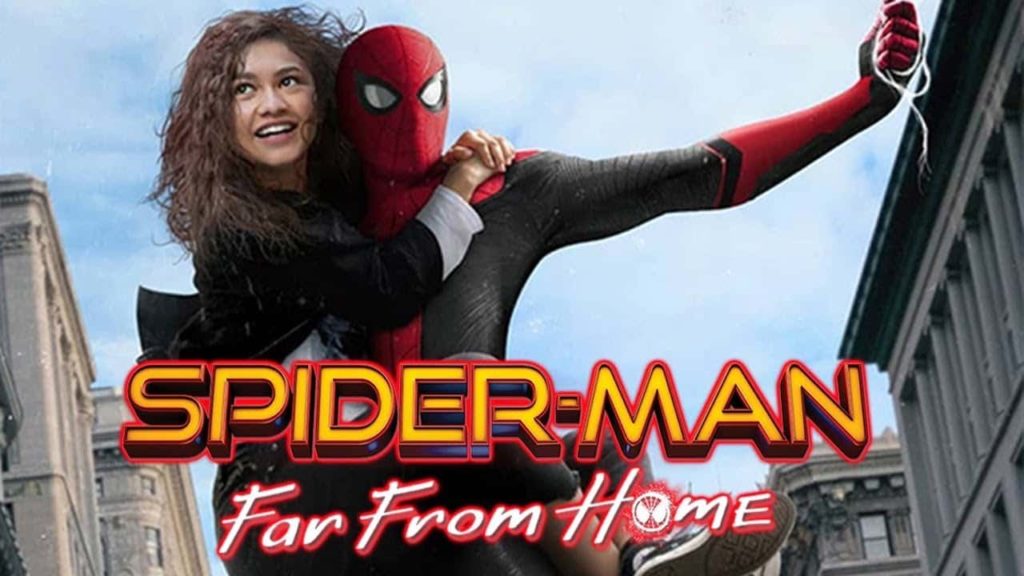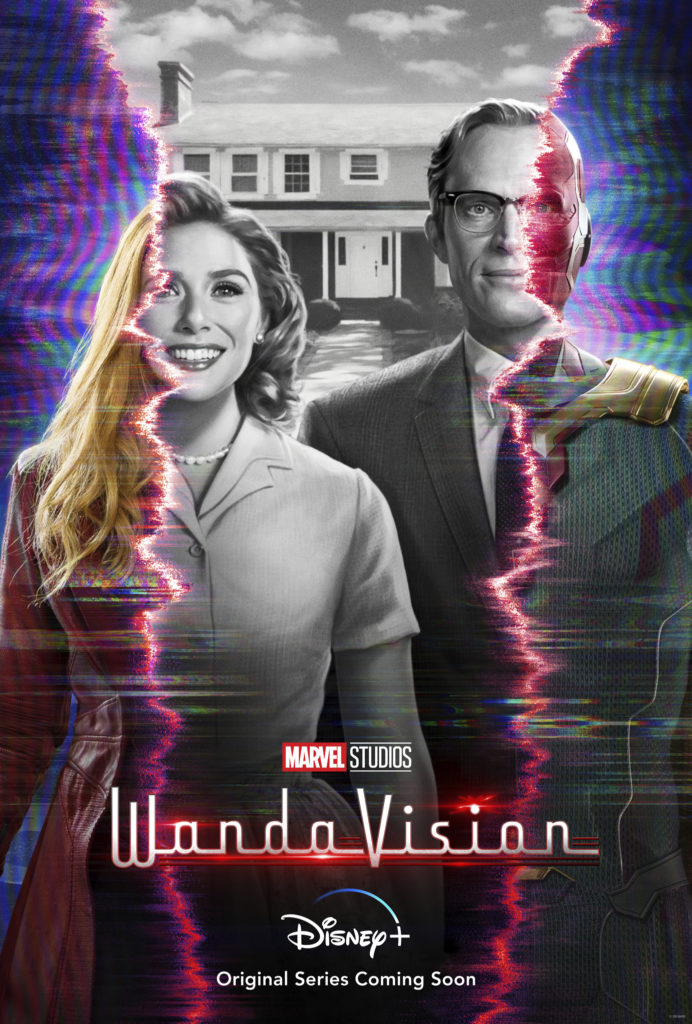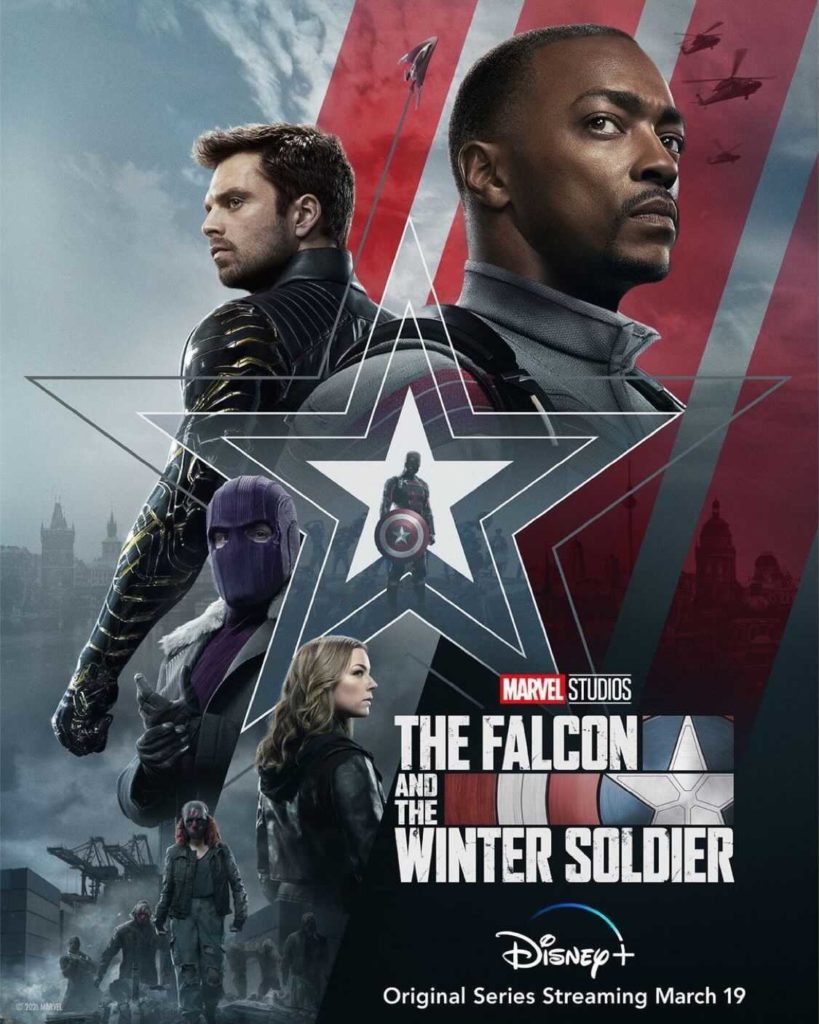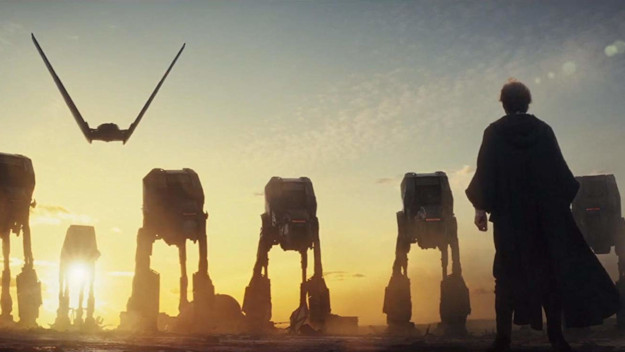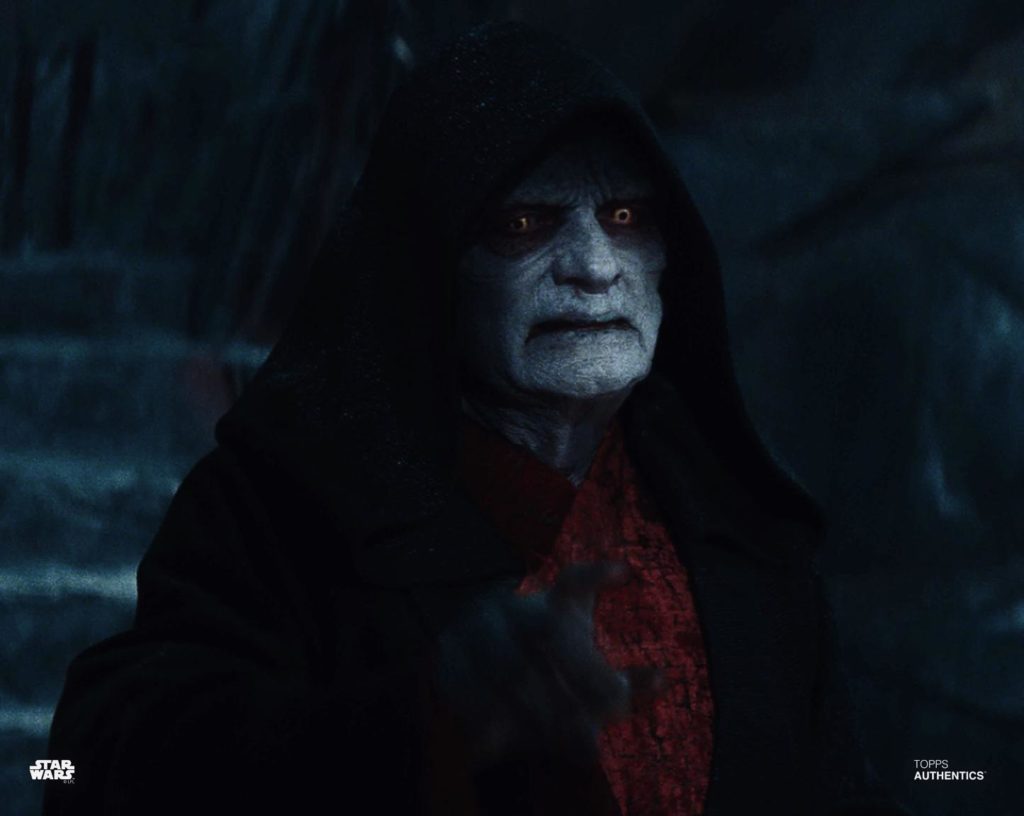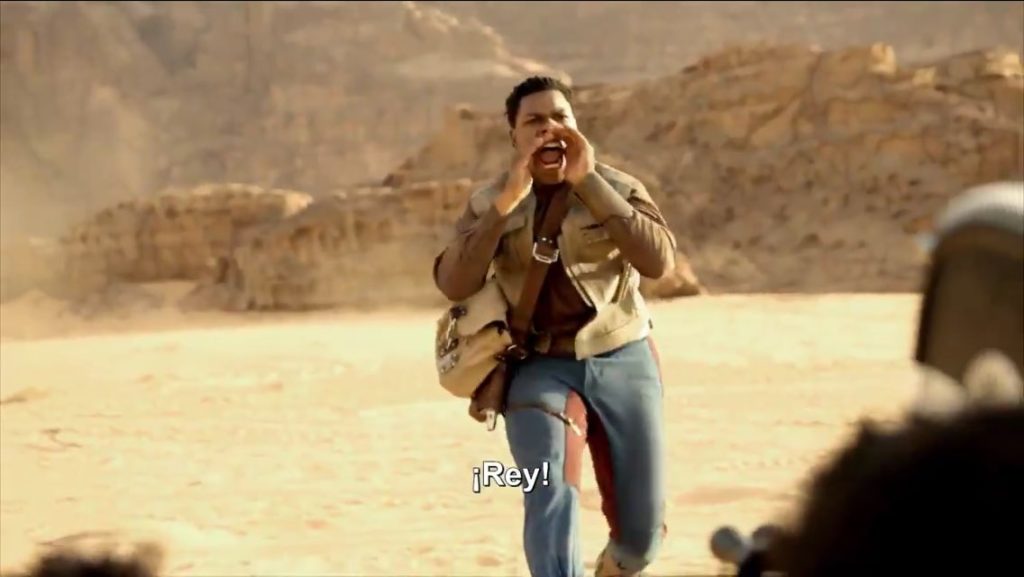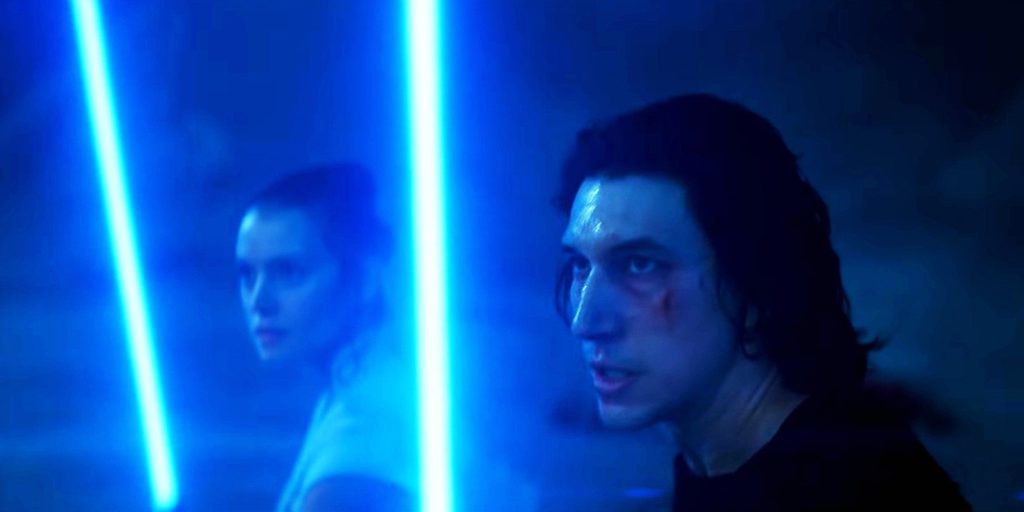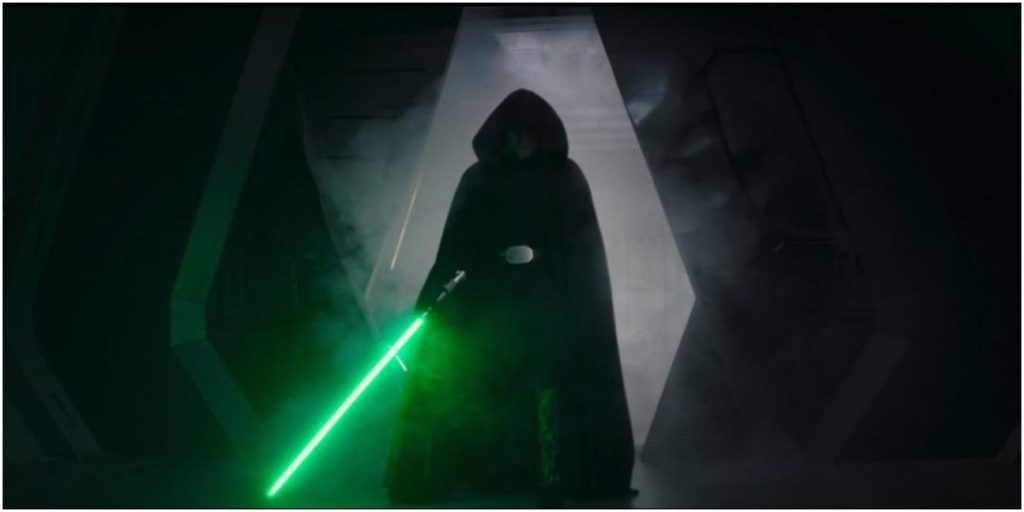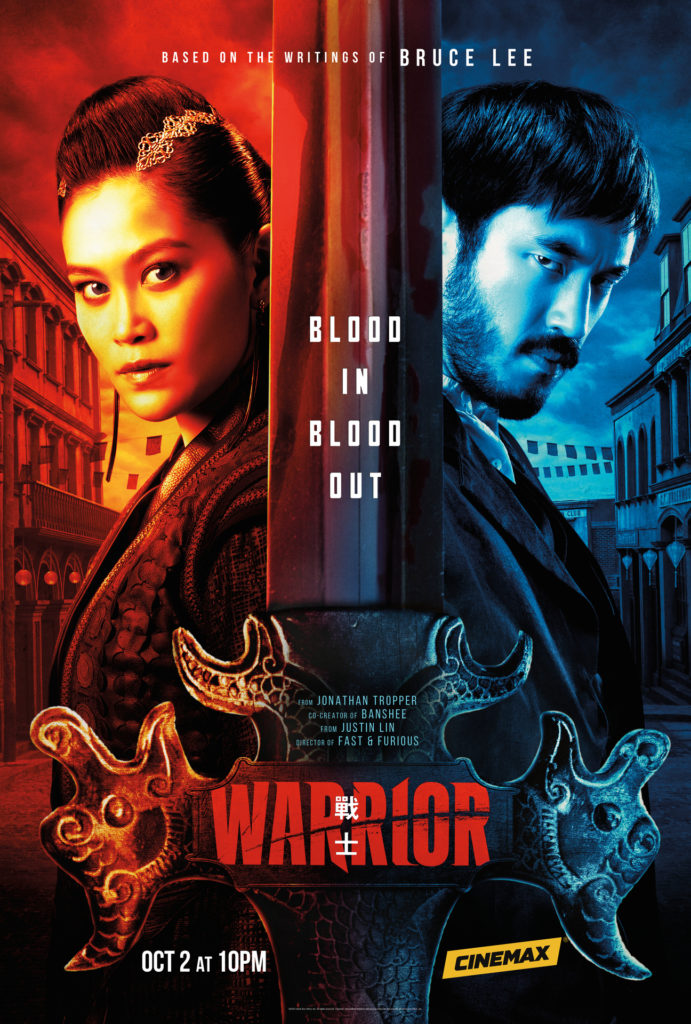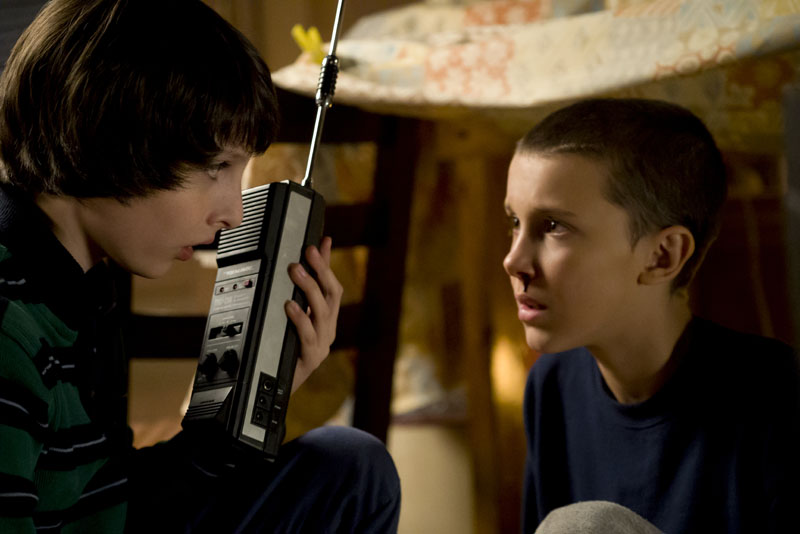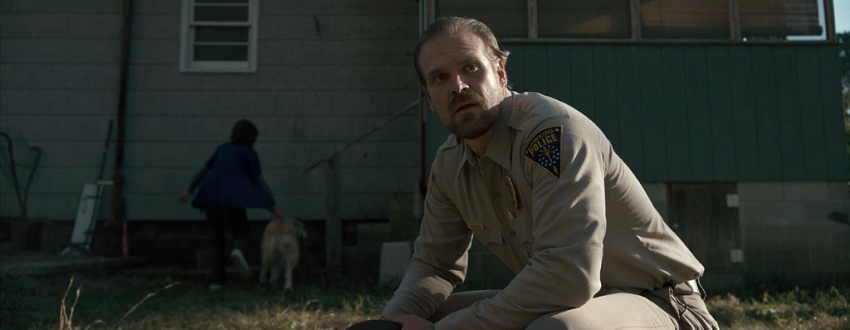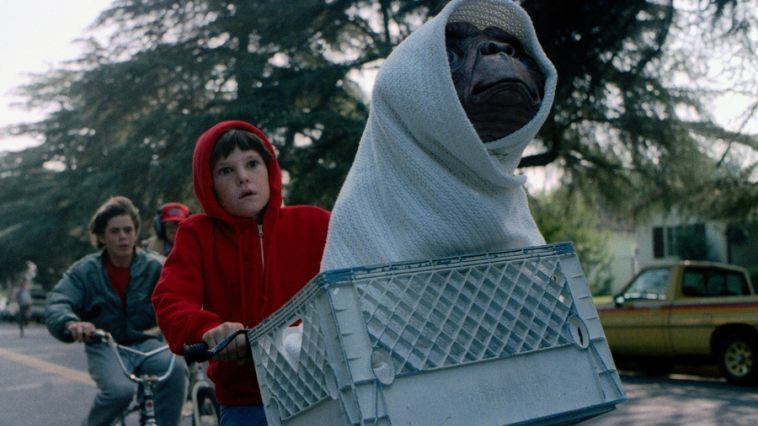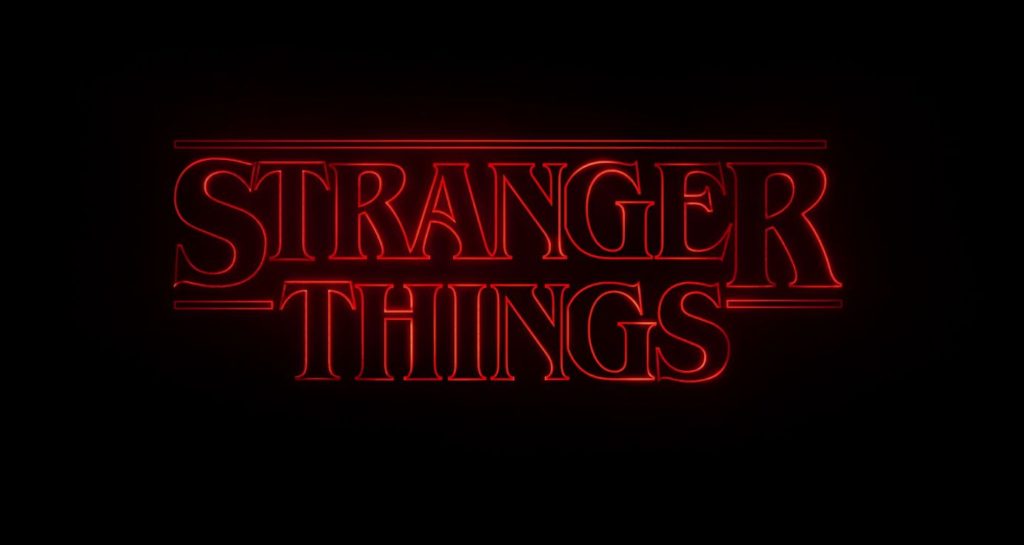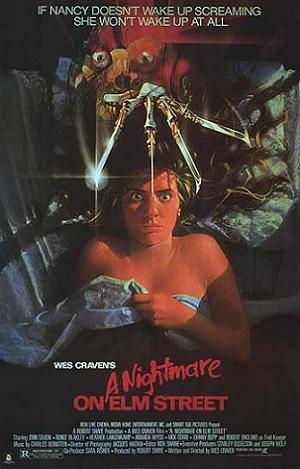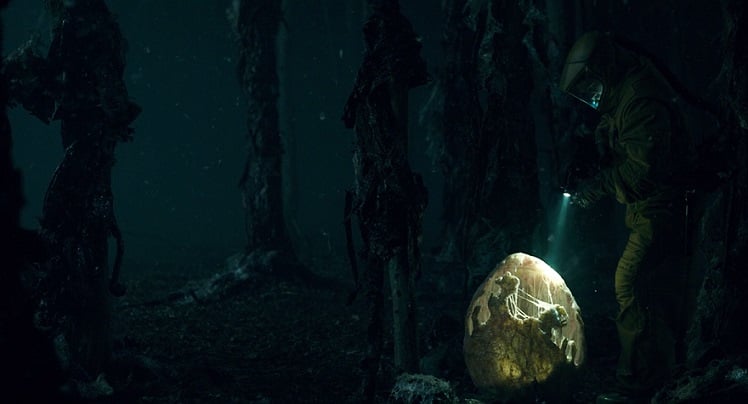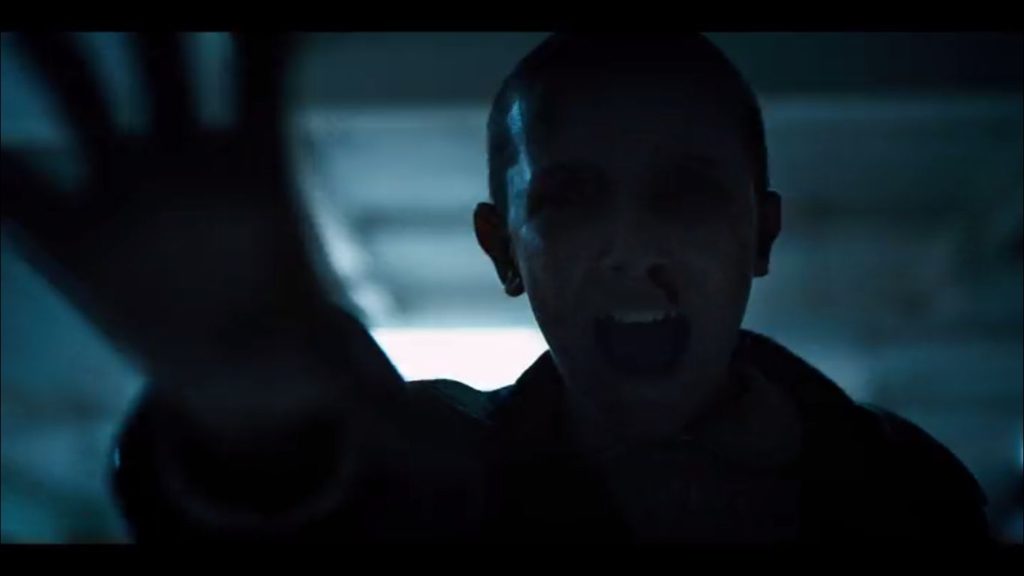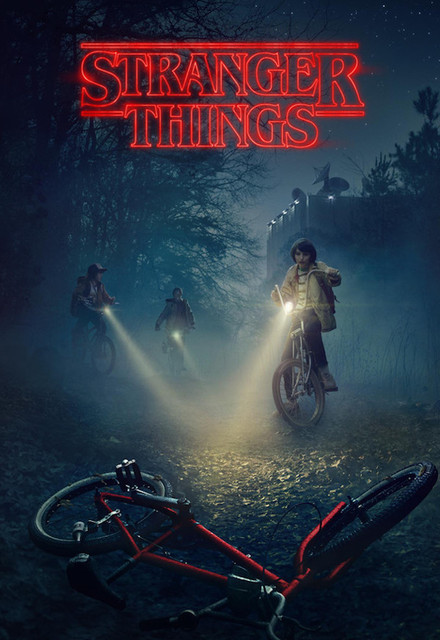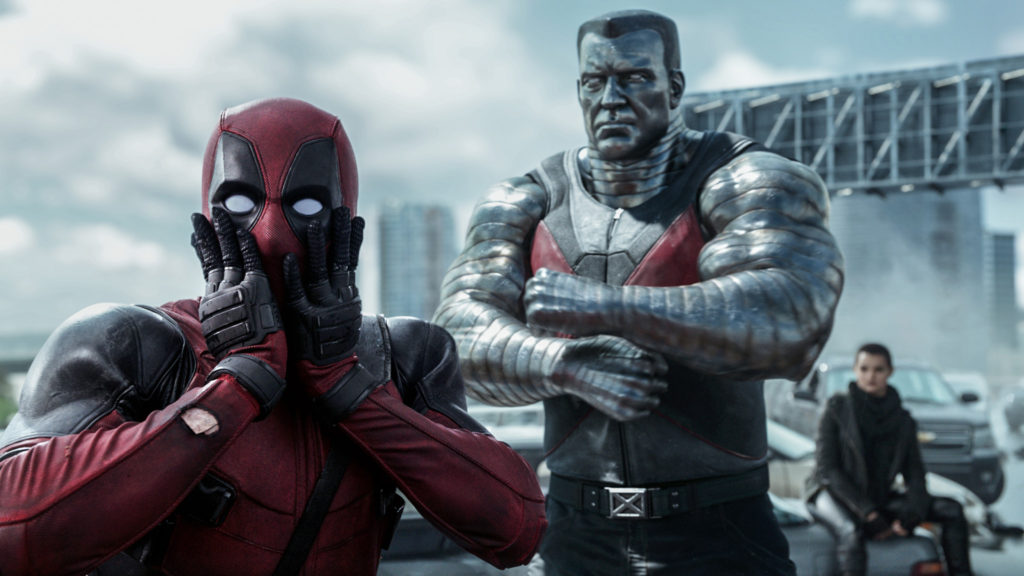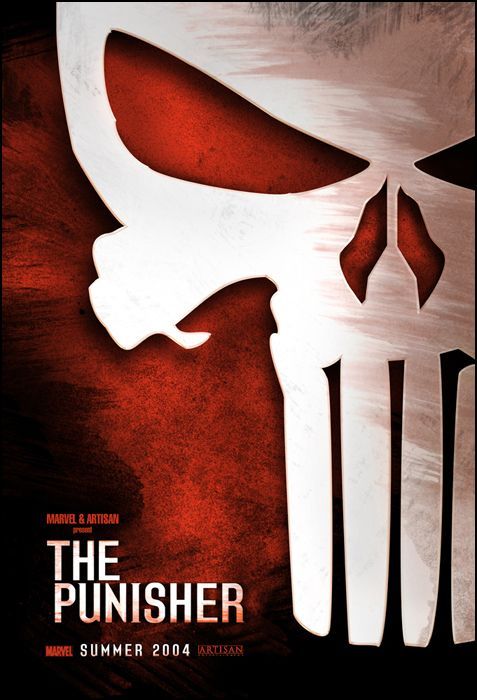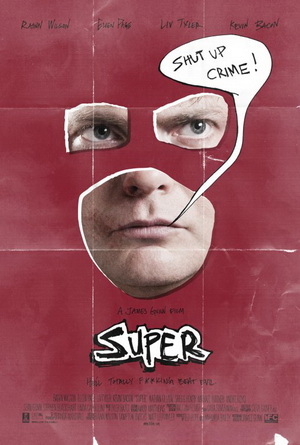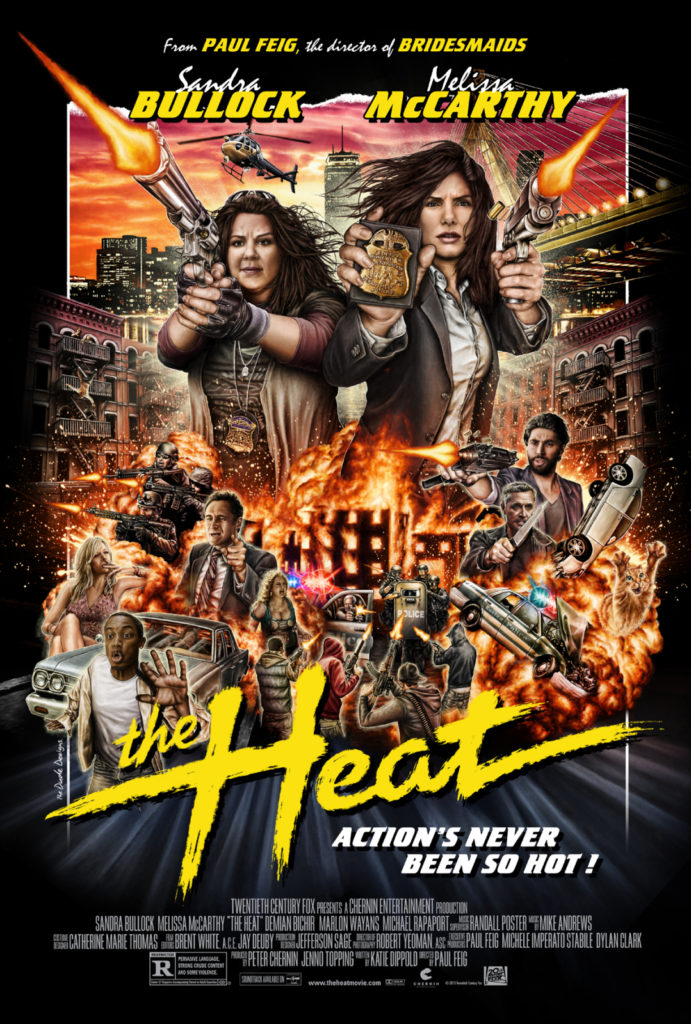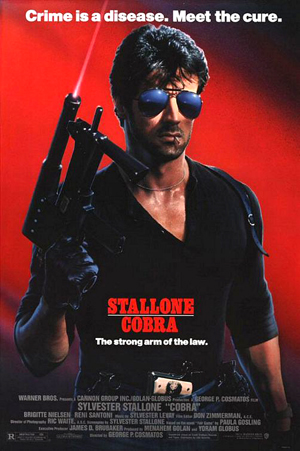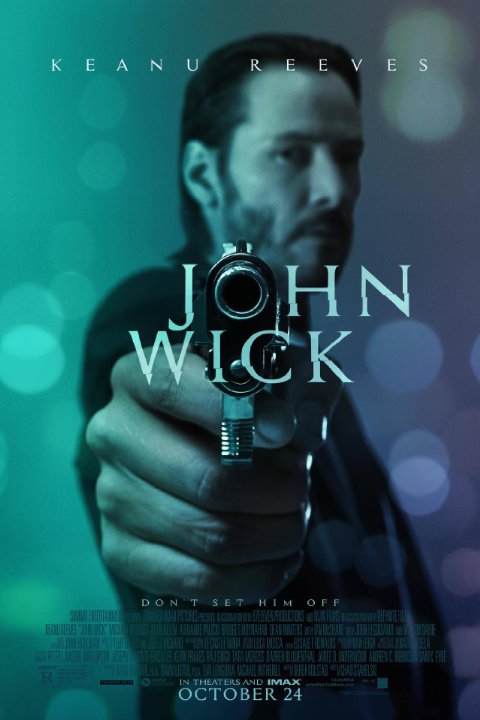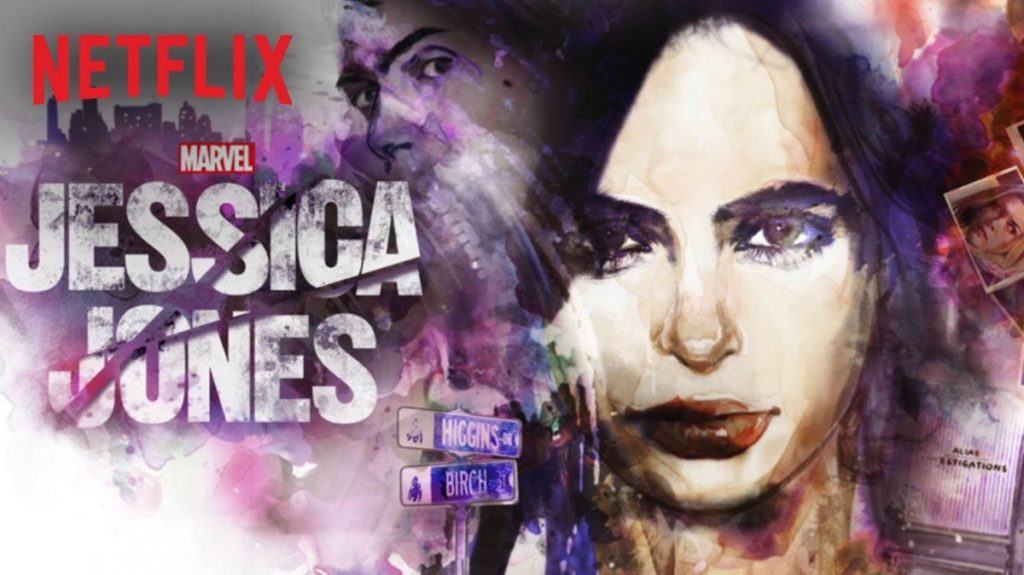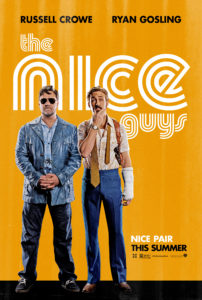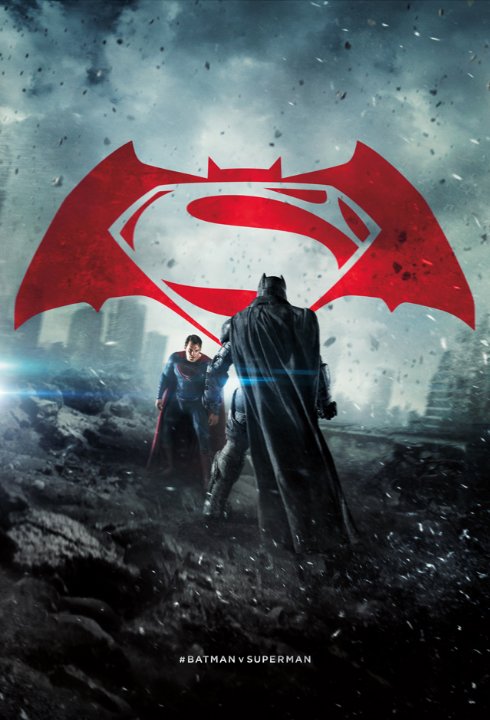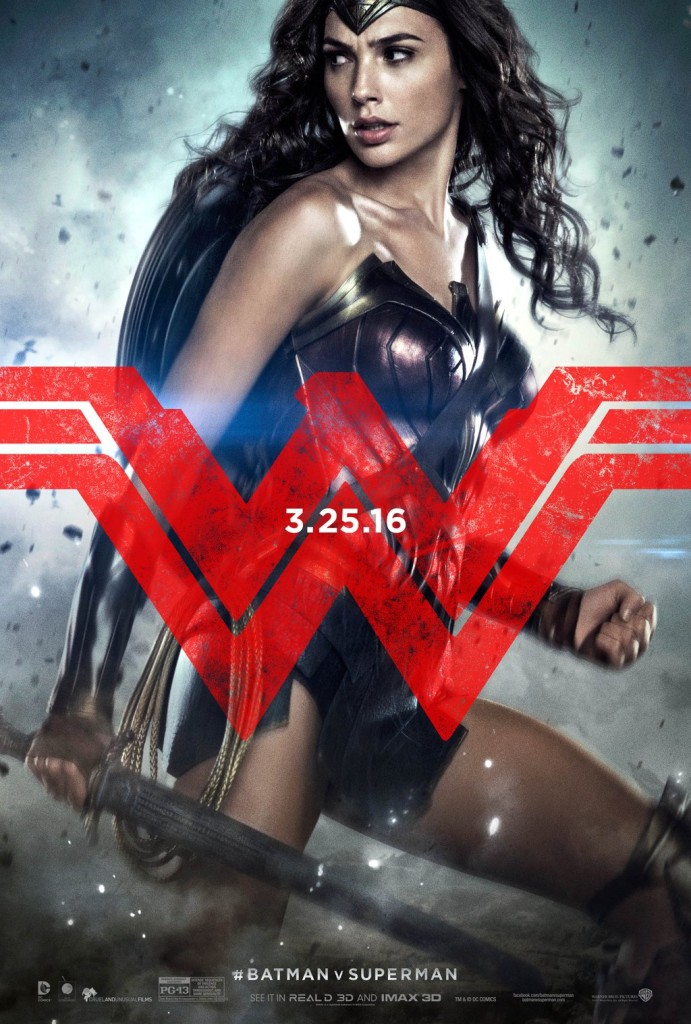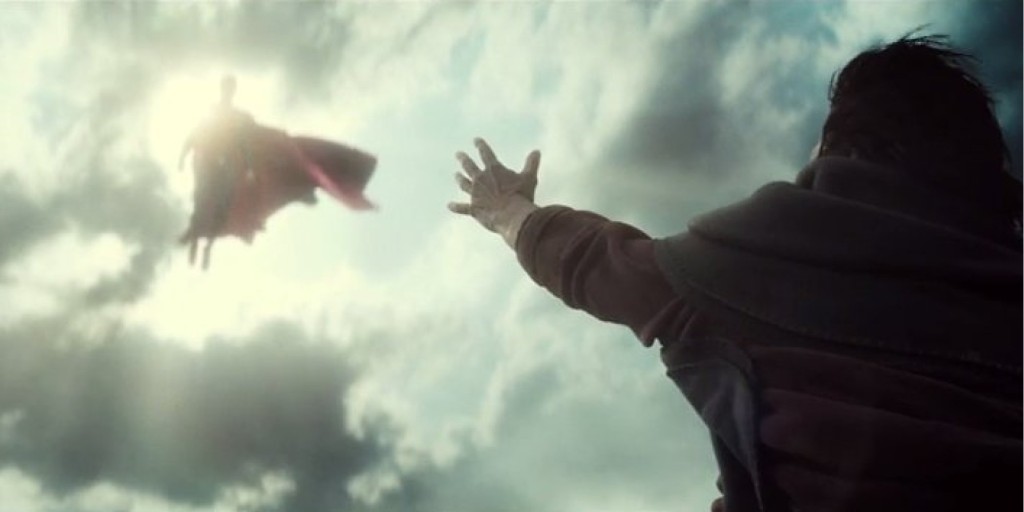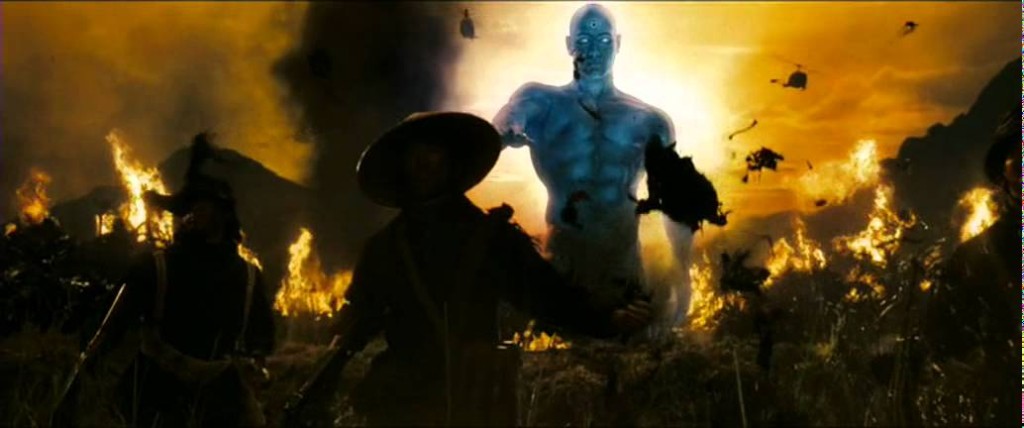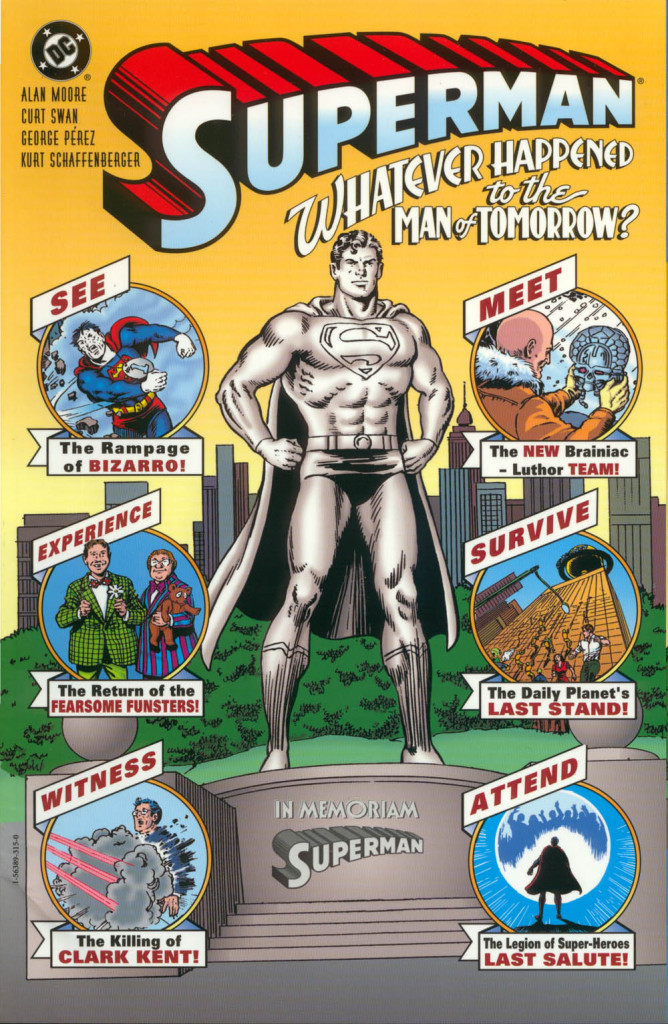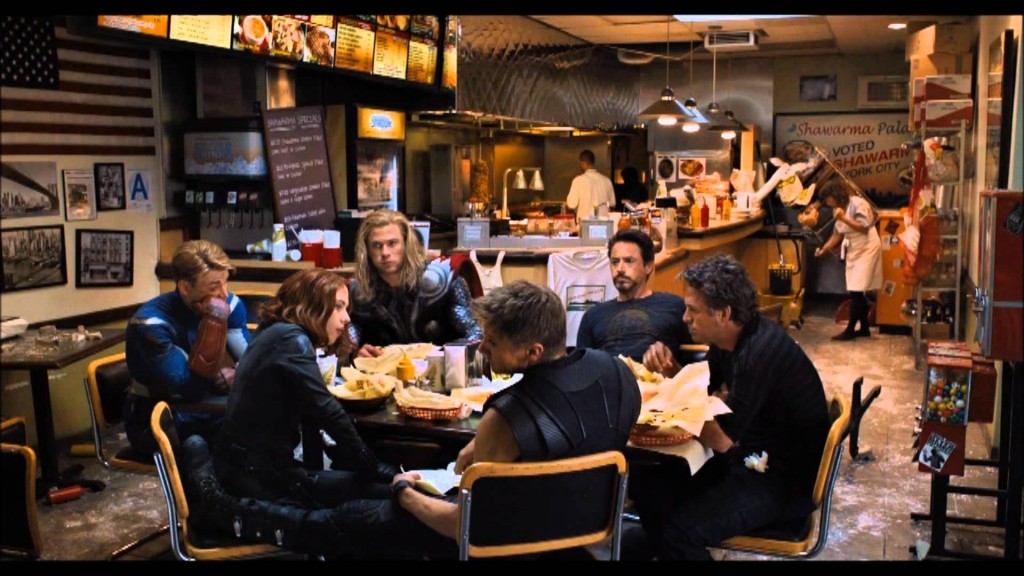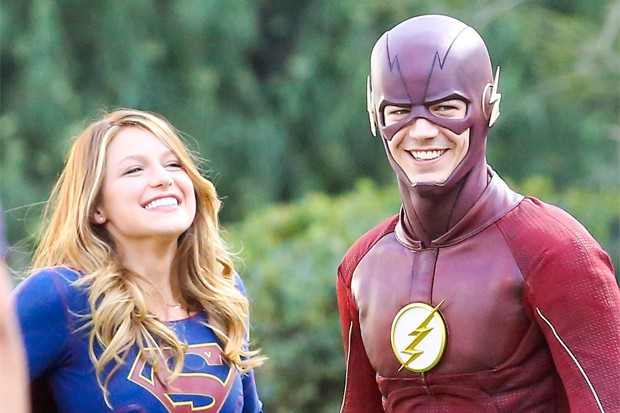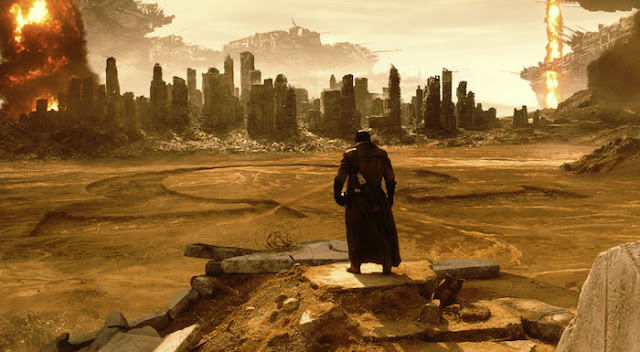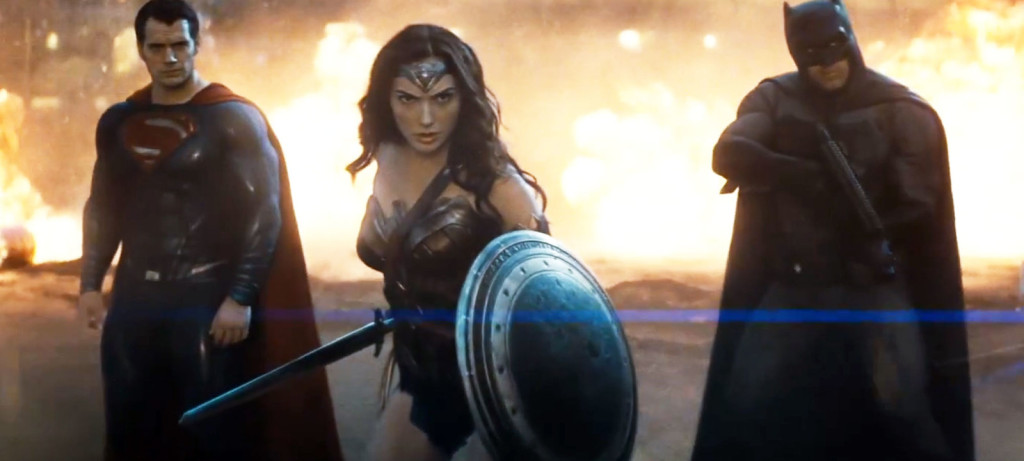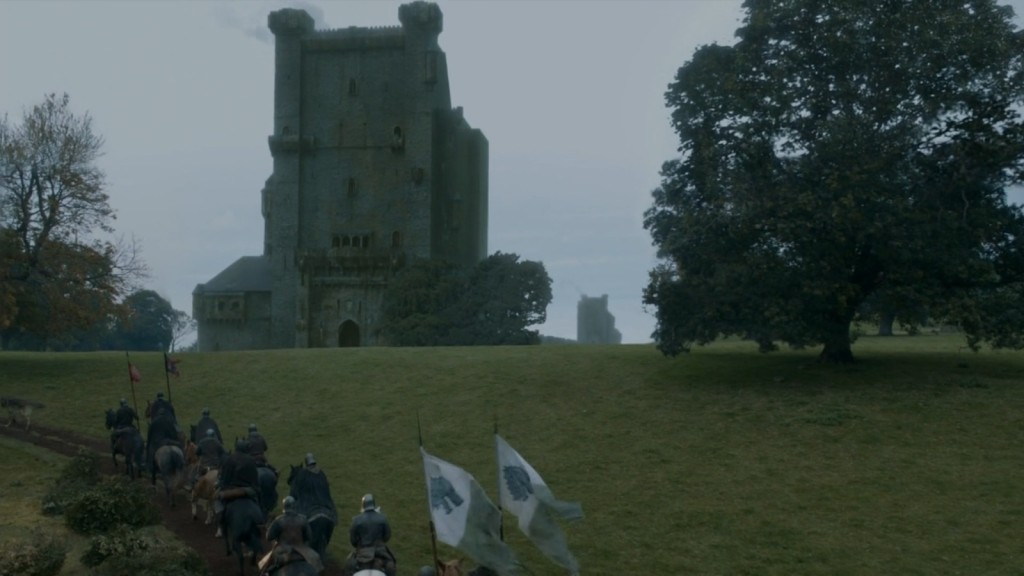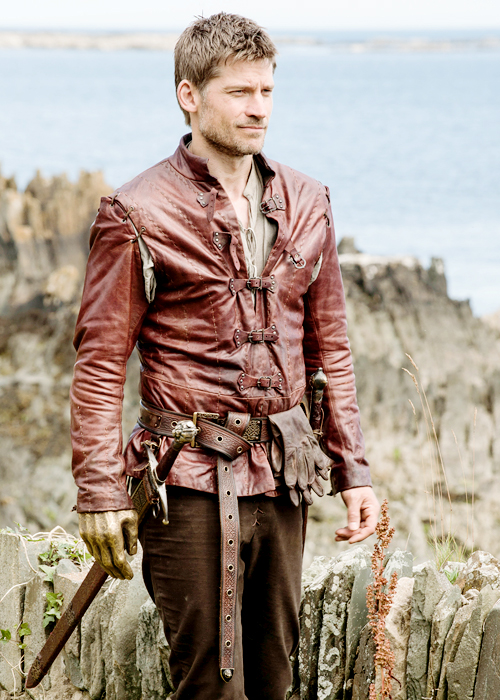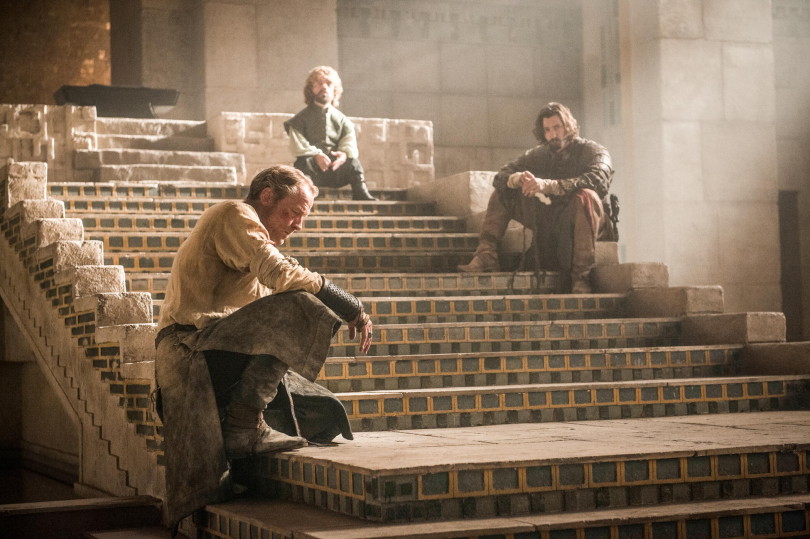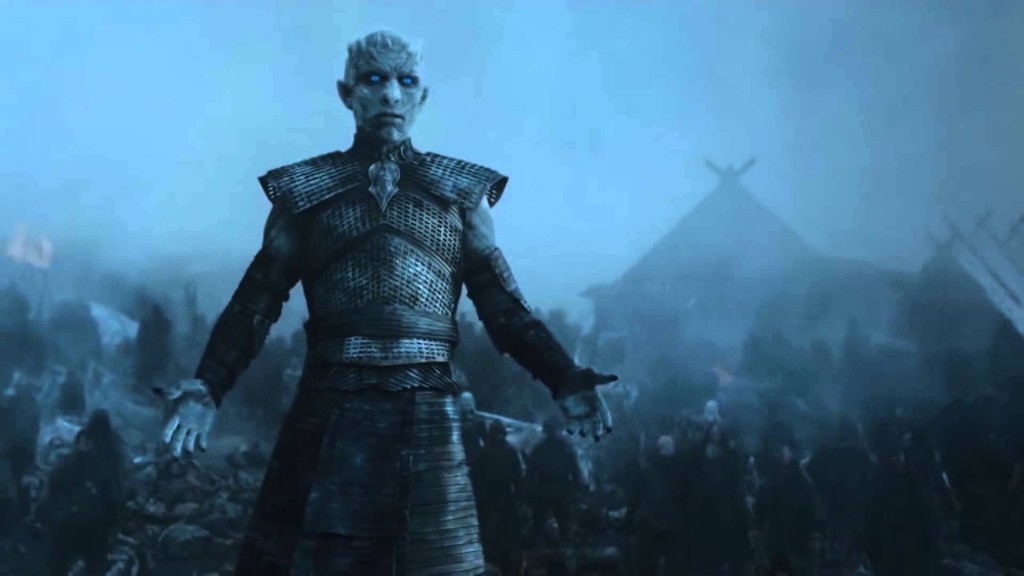This past Friday, The Falcon and the Winter Soldier completed the sixth episode of its first (and possibly only) season. There have been a million reviews and recaps already, so I’ll be doing my season recap by way of the primary characters’ story arcs. As noted, this is a season recap, so you’ll no doubt find spoiler a-plenty below. Please do not continue any further down unless you’re cool with that.
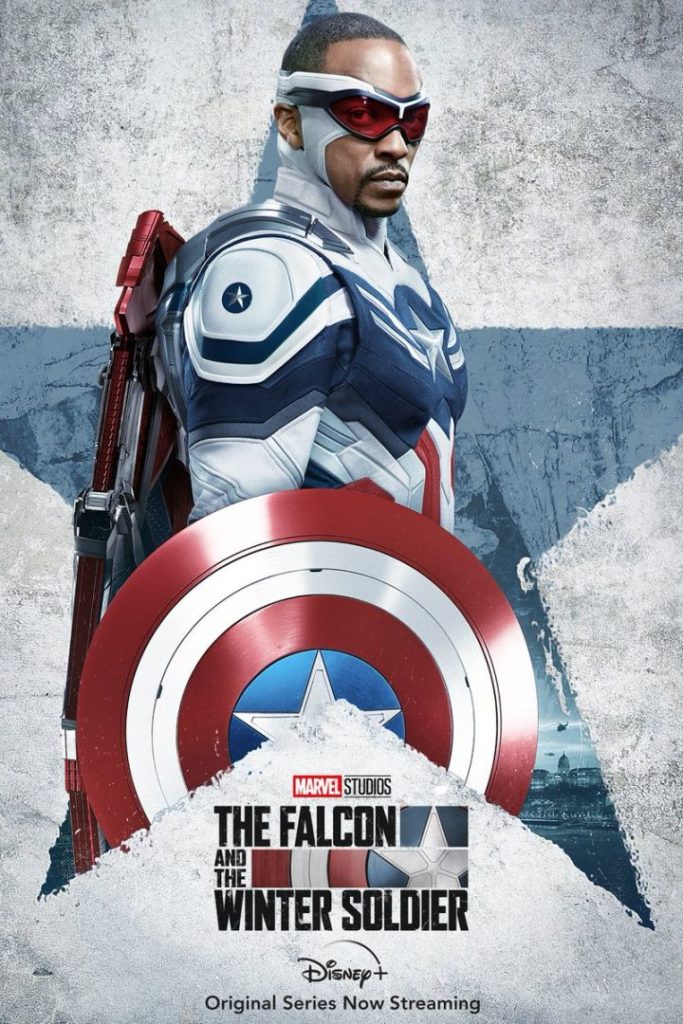
Sam Wilson – Despite being – to perhaps because of being – the character that the show revolved around, Sam didn’t have much of an arc. This was mainly because the distance between being Falcon and becoming Captain America was not very far, as Sam Wilson had already proven himself a worthy successor to Steve Rogers. The trick was getting him to believe that.
Sam started out the season as a freelance military contractor after getting a “helped defeat Thanos” pardon for his actions in Captain America: Civil War. After being bequeathed Steve Rogers’ shield, he promptly turned it into the Smithsonian, as he didn’t believe there could, or should, every be another Captain America. This sort of pessimistic outlook was exacerbated by being turned down for a bank loan to save his family’s fishing boat, despite being a world-saving Avenger.
Once his friend Torres filled him in on a revolutionary group called the Flag Smashers, Sam reconnected with Bucky Barnes for help taking them down. Unbeknownst to Sam at the time, this reunion set him on a path to where he needed to be. Once he was made aware of the Flag Smashers’ agenda, Sam’s plan all along was to try and quell the group using non-violent means. This didn’t quite line up with Barnes’ plan, and was very far way from newly-government-issued Captain America, John Walker’s, methods. But it also displayed an example of why Steve chose Sam to carry on the Captain America mantle.
Upon learning they were super soldiers, Barnes took Sam to visit the only remaining super solider he was aware of: Isaiah Bradley. The plan was to find out how there could be more super soldiers out there, but the revelations of the American government’s crimes against Bradley only further cemented Sam’s belief that Captain America had no real place in the modern world. A belief that was continually reinforced by John Walker’s series of failures and crimes (which we’ll discuss further when we get to Walker later).
When Sam was finally able to confront Karli Morganthau, the leader of the Flag Smashers, Sam did what he actually does best: He made a connection with her. This was a reminder that Sam Wilson does have super powers of sort, and empathy is one of them. When he and Barnes finally have time to bond, and truly get to understand one another without having to rush from one fight to the next, we are shown a great example of Sam’s other super power: His ability to see the best in people, and make them see that in themselves. With some tough love, Sam is able to break through what’s left of Bucky’s hard exterior, and help him understand what he really needs to do if he wants to make peace with his past and himself.
In return Barnes brings him a new uniform, complete with new Vibranium wings (as his original wings were ripped off by Walker during their fight) courtesy of the White Wolf’s friends in Wakanda. By the time the Flag Smashers make their final move to kill everyone on the Global Relocation Council (GRC), Sam is there in his new Captain America gear to stop them. The world is watching as Sam dons the stars and strips, stops the Flag Smashers, and demands that the senators of the GRC do better to make things right for all the people of the world. After claiming the mantle, and shield, on his own terms, Sam has convinced everyone – including Isaiah Bradley and himself – that the world does still need Captain America. Just as long as the right person wields the shield.
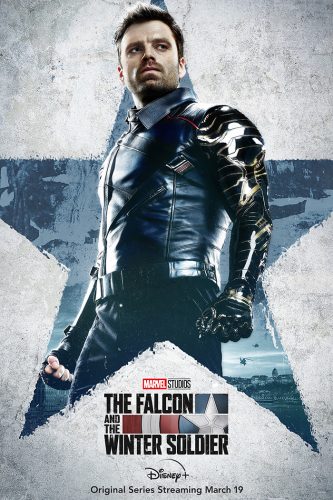
James Buchanan Barnes – Like Sam, Bucky was also given a fresh start with the “helped defeat Thanos” pardon, and is working with a government-appointed therapist to make amends for his deeds as the Winter Soldier. This mainly involves helping to take down the people who were placed into power by Hydra sending in the Winter Soldier to do their dirty work. He has a sort of mission of sorts, but no personal connections to the world. The only people we see him interact with are an elderly man whose son he murdered as the Winter Soldier, and a bartender he flees a date with because he simply does not know how to be with regular people.
He seeks out Sam after Sam gives up the shield, which is subsequently given to John Walker by the government. He’s angry at Sam for handing the shield over, since their mutual best friend Steve Rogers designated him as the man to carry on the Captain America legacy. But, really, he’s angry because if Steve was wrong about Sam being the right person to take up the mantle, then Steve may also have been wrong about Barnes deserving redemption for his deeds while under Hydra’s control. Despite this tension, he and Sam start working together the take down the Flag Smashers.
Along the way, we discover that Barnes did make a strong connection with the Wakandans who sheltered him, and cured him of Hydra’s brain-washing. Most notably Ayo, a member of the Dora Milaje, shows up to collect Baron Zemo, after Barnes and Sam broke him out of prison for help, clearly share a bond with Bucky. This demonstrates that he is still capable of connecting with people, just as long as he doesn’t need to hide the dark deeds of his past from them. While seeing Ayo again helps Barnes come out of his shell a little, it’s not until he and Sam have a chance to stop fighting that he finds the sort of personal connection that he’s been missing.
After finally setting their issues with one another aside, Sam and Bucky defeat John Walker, and take the shield from him. At that point, with no other active leads to follow, they travel to Sam’s hometown for some good old fashioned bonding. Spending time with Sam’s family, and closest friends, helps Barnes find the true man inside the Winter Soldier, and bring him back to the surface. Sam also helps him realize that, to truly make amends, he needs to stop hunting bad guys that he helped, and start seeking out the people he hurt to give them the peace-of-mind that only he can. He admits to Sam that he and Steve could never fully understand what it would mean to a black man to be Captain America when they discussed passing the shield onto him. While, at the same time, he provides Sam with his own version of the Captain America uniform. Notably, he only gives Sam a locked suitcase from Wakanda, and leaves it up to Sam to decide if and when he opens it.
In the end, Barnes has found his true mission as well as his new family. The former is to find his own peace by giving peace-of-mind to the ancillary victims of the Winter Soldier’s crimes, while continuing to fight by Captain America’s side. As a benefit of the latter, Bucky now also gets invited to awesome cookouts and block parties at Sam’s place. With a new social support network, Barnes’ has started living the sort of life he had not led since before shipping off to World War II.
Bucky’s arc took him to a much better personal place but, in many ways, he’s still a work-in-progress. This is probably why the title card at the ends of the season read “Captain America and the Winter Soldier” rather than “Captain America and the White Wolf” but I believe we’ll still get there in a forthcoming movie, or second season. Perhaps one that will further explore his connection to Wakanda, where he was able to break free of the Winter Soldier programming, and was given that other cool nickname that doesn’t come with all the baggage.
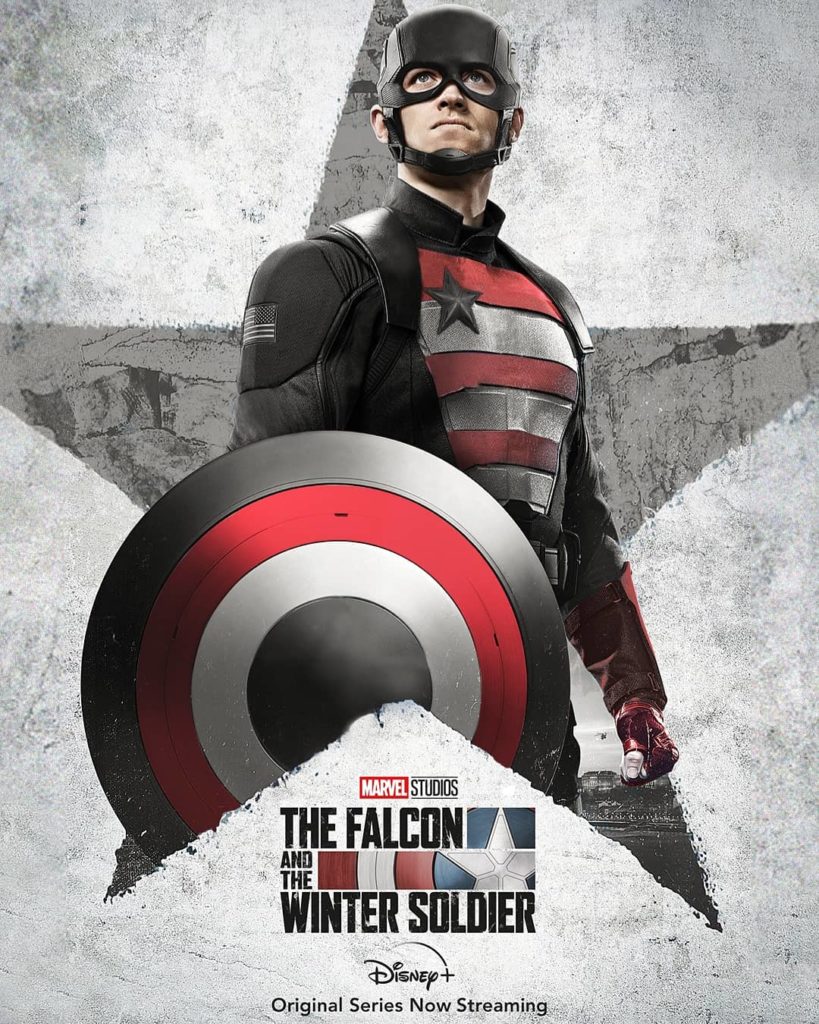
John Walker – Walker started off the season as a slap-in-the-face to Steve Rogers and Sam Wilson in his knock-off Captain America uniform. He then was proven to be a joke by failing on each of his first missions, partly because he was trying to deal with super soldiers while not having the same physical gifts as Rogers. His lack of worth was further accentuated by the fact that he displayed neither the gift of empathy, nor the ability to inspiration, that Steve and Sam shared.
He was able to match his physical self up to his self-perceived level of due respect by injecting himself with a dose of super solider serum. But his actions in the immediate aftermath completely struck home the personal failings that made him unworthy to wield the shield, as he publicly executed a member of the Flag Smashers who was surrendering to him. He has his rank and charge removed during his trial for the murder of a Flag Smasher, but this does not dim his misguided belief in himself.
While he had done nothing to deserve redemption for his crime, he does ultimately help Sam and Bucky stop the Flag Smashers’ plan to murder the GRC. He also defers to Sam’s proper claim to the shield when he sees him demonstrate, firsthand, the traits and values that Captain America needs to represent. However, rather than continuing on his path to better himself, Walker promptly signs up with the enigmatic Valentina Allegra de Fontaine to join her mysterious organization as the U.S Agent.
This pretty much puts him back as square one as the incognizant cog in someone else’s machine. I found Walker’s arc interesting until the season finale when it seemed to abruptly end in a manner that seemed far too tidy for him. We’ll definitely be seeing more of John Walker in the future, so hopefully we get a more fitting payoff at that time.
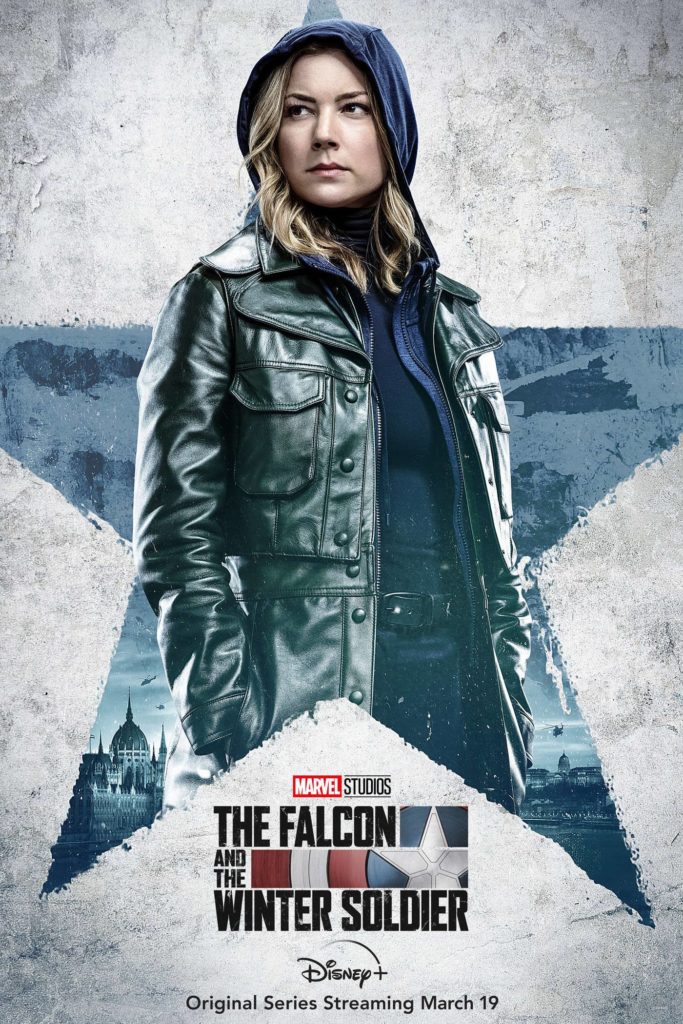
Sharon Carter – Sharon’s onscreen role was much smaller than expected when going by the promotional materials, and her spots in Captain America: The Winter Solider as well as Captain America: Civil War. Offscreen, however, as the Power Broker, she played a big part in orchestrating many of the events that propelled the story forward. Her character arc, however, played out before the start of this show.
Not having received the “helped defeat Thanos” pardon that the fellas enjoy, since she apparently didn’t have access to one of those handy sorcerer portals at the time, she had been a fugitive from the United States government for the past five years. Sharon felt that she chose the right side, by joining Steve Rogers’ team against Tony Stark’s in the Avengers’ Civil War. Embittered by receiving this treatment despite years of service to the government, an sensing an opportunity in the power vacuum that ensued from half the criminals on the planet turning to dust, she became the Power Broker.
Or so we have to assume, as the show never provided us with the specifics of Sharon’s situation. This was one of the biggest disappointments of the show for me. But, like John Walker, we’re sure to see Sharon again. Hopefully, we’ll get to learn her whole story then as well.
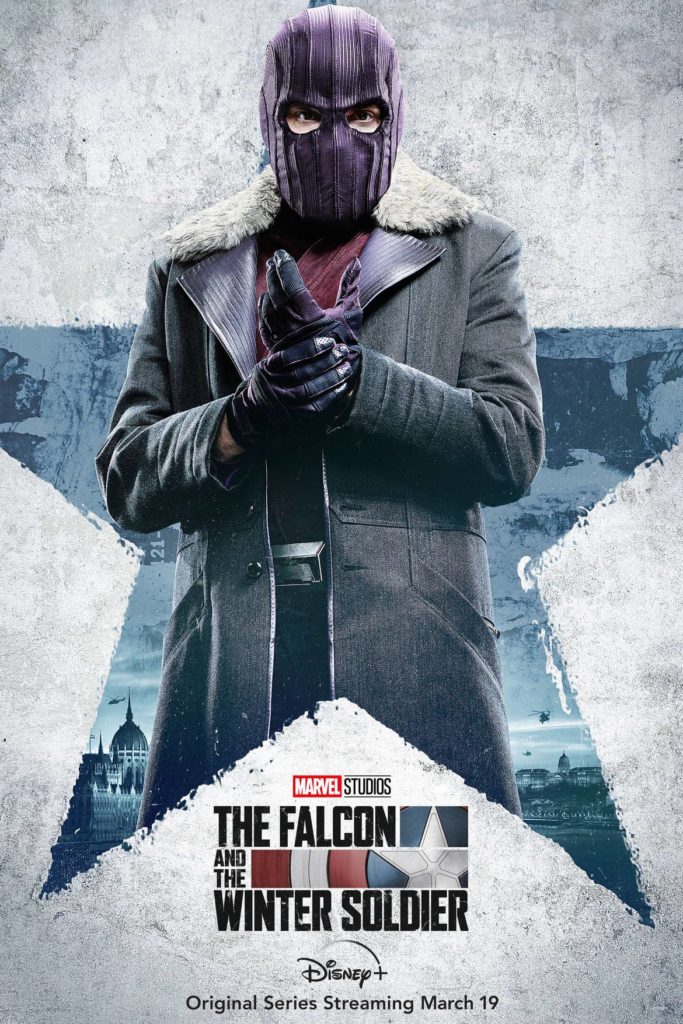
Baron Helmut Zemo – Zemo was another character whose arc happened in the years between Civil War War and Endgame. He’s no longer a vengeance-driven force of destruction aimed directly at the Avengers. When he’s re-introduced to us, he’s an enlightened fugitive millionaire playboy who’s the most charismatic character every time he’s onscreen. He helps Sam and Barnes in their mission, as it aligns with his own mission to rid to world of enhanced individuals. And he manages to evade capture by the Dora Millaje until he’s good and ready to get captured.
His Plan A seemed to be getting shot in the face by Bucky, which was also how he wanted to end his Civil War plan, until Black Panther thwarted his suicide attempt. But Barnes is well-past his Winter Soldier days, and chooses to hand Zemo over to the Dora Millaje rather than killing him. They end up taking him to The Raft supervillain prison, though his loyal butler/manservant completes his mission for him by blowing up the remaining Flag Smashers after they are taken into custody. This establishes that Zemo is very capable of being dangerous even from behind bars. He may have been the most consistent highlight of the show, so I look forward to seeing more of him in future projects.
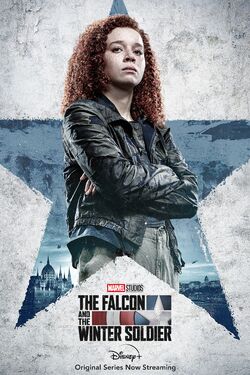
Karli Morganthau – Karli was pretty much done dirty through the run of the show. She was made into less of a character, and more of a human stand-in for a valid ideology taken to extremes. Some efforts were made to humanize her, such as her conversation with Sam before Walker crashed the party. But nothing truly enlightened us to who she was as person. We were given the broad-strokes of the Flag Smashers’ belief system: That the GRC were destroying the lives people built for themselves during the five years where half the population was gone. The viewers were given space to agree, or disagree, with this stance, and I chose the former.
The issue with Karli, was the she was the one pushing the group toward escalating violence, but we were never told the reason why. Was there some deeper, personal tragedy tied to the way her family was treated by the GRC? Was she simply someone with a history of violence who was drawn to the Flag Smashers’ mission, assuming it would give her to opportunity to indulge her more destructive tendencies? It’s impossible to say since, even given six hours to work with, Karli was never allowed to be anything approaching a fully-formed character.
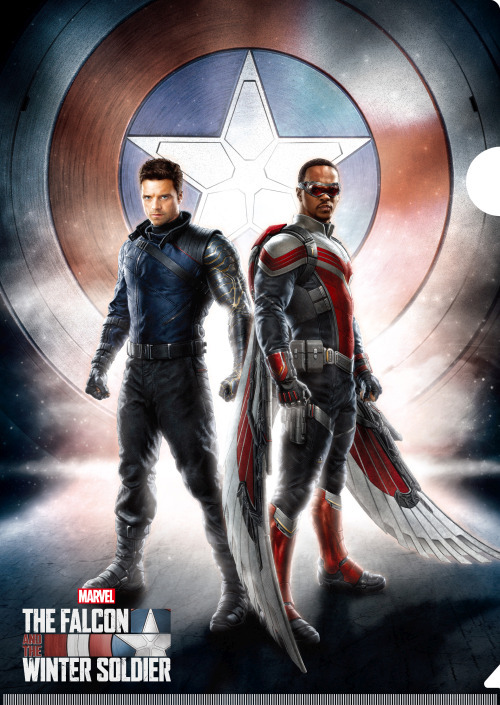
As a whole, I really enjoyed The Falcon and the Winter Soldier. It was great spending time with Sam Wilson and Bucky Barnes again, and watching them form the sort of bond that they’ll need to rebuild the Avengers and lead them into whatever cataclysmic threat rises next.
But, more than that, it was great seeing Marvel embrace the legacy of one of their most beloved characters. They passed the mantle onto Sam Wilson, a character who stands for millions of people who spent far too long not being allowed to see themselves in the greatest superheroes ever created.
A fourth Captain America movie was announced with The Falcon and the Winter Soldier’s showrunner writing the script. I am greatly looking forward to seeing where they take these characters next. Steve Rogers was my favorite character in the first three phases of the MCU. It would not surprise me in the least is Sam Wilson ensures that Captain America retains that spot for me through the next phase.
